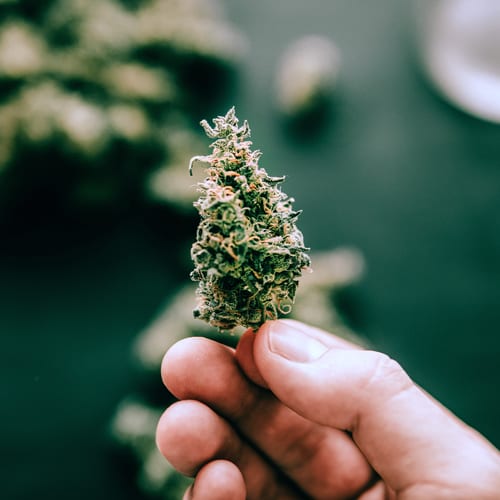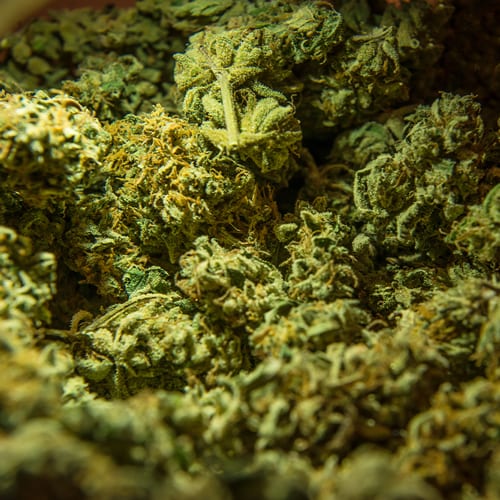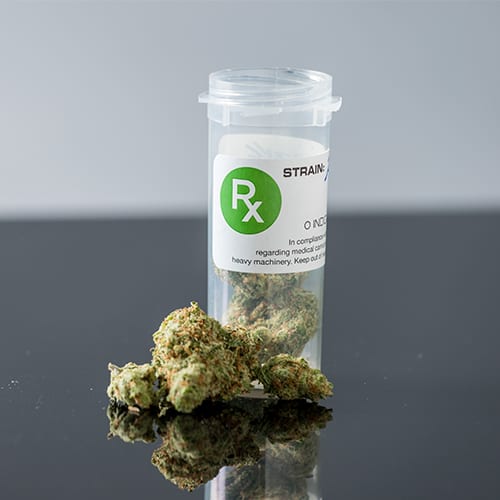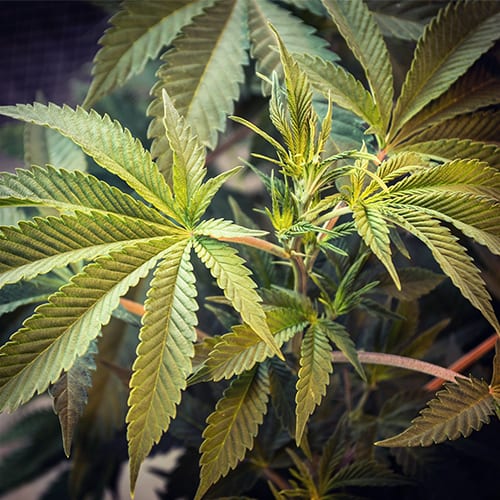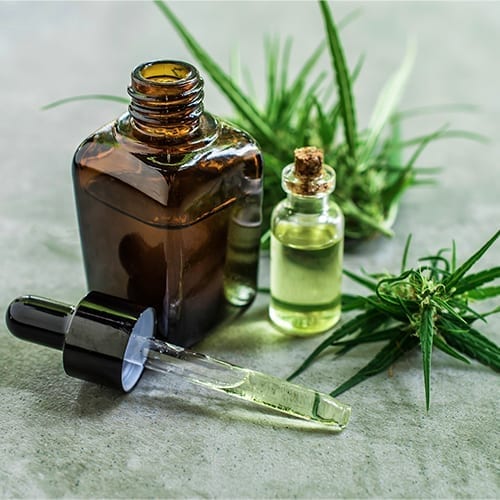
When it comes to cannabis, it may be better to pick up a whole bud over an extract. As cannabis and hemp products hit mainstream markets, new, processed products are hitting the shelves. For example, it’s now possible to buy cannabidiol (CBD) oils, supplements, and infusions online and in stores in many different countries.
However, not all cannabis products are made equal. Some extracts and processed materials may contain more beneficial cannabinoids than others. Cannabinoids are the active components in cannabis that translate into effects experienced by the user.
By some estimates, the plant produces 545 different chemical compounds. Scientists only know the bare minimum about these compounds, let alone how they work together or interact with tetrahydrocannabinol (THC) or the human body. THC is the primary psychoactive cannabinoid in the cannabis plant.
Many new products are made from isolated cannabinoids. This means that they are infused with a purified form of CBD or THC, rather than a preparation that contains as many cannabis compounds as possible.
Products that contain as many cannabinoids and phytochemicals as possible are called full plant extracts, also known as whole plant medicine. As it turns out, there are several great reasons to choose full plant medicines over isolates. But, first it’s important to know what exactly is full plant medicine and why is it so valuable?
What is whole plant medicine?
Whole plant medicine refers to using full cannabis flowers and leaves in medical cannabis products, not just isolated parts. This means using all of the phytochemical in tandem with each other, not isolating them out or using only limited chemical cocktails to as medicine.
In a 2011 survey, less than 2 percent of participants preferred synthetic THC pharmaceuticals over the natural plant. The survey included 953 people from 31 different countries. This preference is perhaps because the natural plant contains far more than just THC.
Right now, there are at least 113 cannabinoids found in cannabis. The plant can produce over 100 different terpenes (aroma molecules), as well as fatty acids, flavonoids, steroids, and more. Not all of these products will be expressed by a plant at the same time. However, the herb is capable of producing at least this many compounds. Individual plant and product samples will contain different ratios of phytochemical.
While many of these chemicals have therapeutic value on their own, the theory of whole plant medicine suggests that these compounds are most medicinal when used in combination with each other. This heightened efficacy is due to a phenomenon known as the “entourage effect.”
What is the entourage effect?
The entourage effect is what happens when various compounds work in harmony to create synergistic effects on the body. A great example of the entourage effect in action can be found in combining THC and CBD.
When taken along with THC, CBD can lessen the psychoactive experience of a cannabis product. CBD is known to reduce anxiety while THC can contribute to anxiety in high doses. Combining both THC and CBD causes effects that are different than just using either compound alone.
However, the entourage effect is not limited to just THC and CBD. The effects of a given cannabis strain or product are thought to be influenced by the synergy between all of the phytochemicals present in that particular sample. Just how all of these compounds interact with one another to produce specific effects in the body is currently under investigation.
A 2011 review published in the British Journal of Pharmacology examines the potential interactions between various terpenes and cannabinoids. The review suggests that combining terpenes like linalool, which provides a floral, lavender-like aroma to some strains, with THC may amplify the sedative effects of the herb. When used with CBD, preclinical evidence suggests that it might be an anticonvulsant and anti-anxiety.
Another promising terpene is myrcene, which is also expected to increase the sedative qualities of cannabis. Myrcene may enhance the potency of different cannabinoids like THC, as the terpene is thought to improve transport into the brain. When combined with THC, myrcene may increase the pain-fighting and muscle relaxant properties of the herb. These enhancements are due to the entourage effect.
How to find the best whole plant medicine
If you’ve ever inhaled cannabis smoke or vapor, you’ve experienced the full-plant effect. Simple infusions like cannabis-infused butter, olive oil, and raw, dietary cannabis are additional ways to take advantage of whole plant medicine.
Yet, things get more complicated with extractions. Unfortunately, even extractions marketed as “full-extract” or “whole plant” are less than perfect. Different cannabis compounds are extracted by different solvents. Some terpenes may be easier to extract with one kind of solvent over another. Because of this, extractors may accidentally make products that favor certain blends of phytochemicals over others.
Still, opting for full-extract cannabis oil is arguably more beneficial than an isolate. Of course, this is not to say that isolates are not useful. Isolating and purifying CBD or THC can make them easier to dose and measure. For standardized pharmaceutical medicines, isolates are easier to control and regulate. Though expected to be beneficial, it is more difficult to understand just how various chemicals interact with the body with whole plant medicine.
For those hoping to take advantage of all that the cannabis plant has to offer, here are a few tips for finding the best whole plant medicine:
- Opt for products made from cannabis bud, not just leaves and stems.
- Opt for products labeled as full extract.
- Opt for products made from more than one strain.
- Mix it up between edible, raw, and inhaled cannabis.
- Opt for laboratory-tested cannabis when possible.
- Opt for products that contain at least small amounts of THC and CBD.
There is still much to learn about the cannabis plant and what it does to the human body. Yet, based on the limited evidence thus far, nature seems to have gotten it right. Researchers still do not know the full medical potential of most cannabis compounds. Still, the herb is one of the oldest cultivated medicinal plants in human history. While we await further study, picking up whole cannabis buds, raw cannabis flowers, and full-plant extracts may be some of the most beneficial ways to use the plant.
Source- (WILCOX, ANNA. “What Is Whole Plant Medicine?” MassRoots, 1 July 2017, www.massroots.com/learn/what-is-whole-plant-medicine/.)


